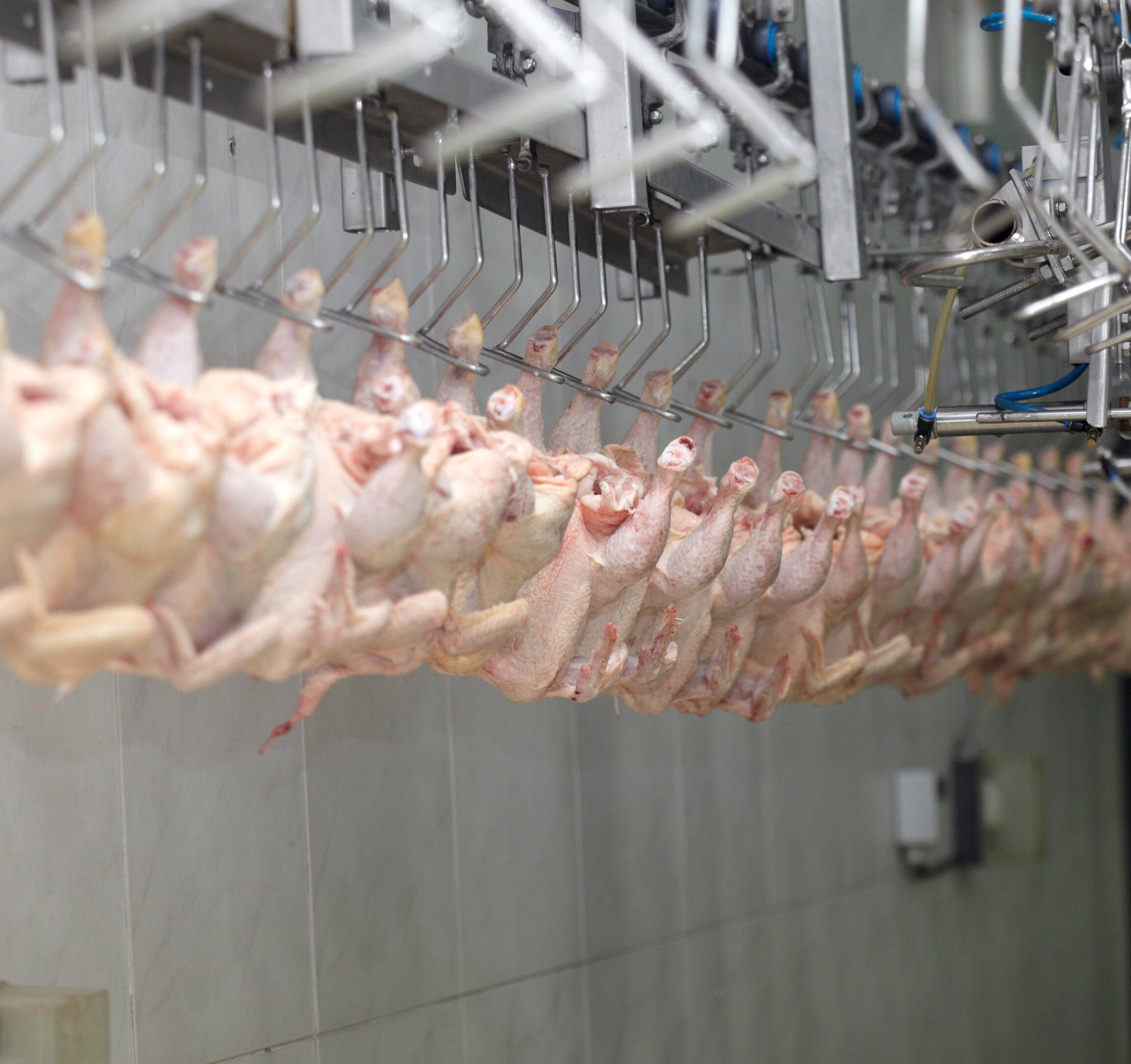Walmart’s existing food safety program already requires poultry suppliers to achieve prevention-based certification against one of the Global Food Safety Initiative (GFSI) internationally recognized standards.
However, as part of the company’s continuous improvement process, “we determined it was important to require additional layers of protection for our customers,” said Frank Yiannas, Walmart’s VP for food safety.
Under the new program, US poultry suppliers for Walmart and Sam’s Club will need to implement holistic controls “from farm to fork” to significantly reduce potential Salmonella contamination. Suppliers will also be required to undergo specialized testing to validate the effectiveness of the measures they have instituted. All poultry suppliers must comply with these requirements by June 30, 2016.
Devil’s in the details
“Our enhanced poultry measures involve a 4-point prevention and reduction plan along the entire poultry production chain,” Yiannas told FoodProductionDaily. The four critical control points are: 1) primary breeder stock, 2) biocontrol measures, 3) whole chicken process control, and 4) chicken parts intervention.
Regarding point 1, Yiannas said, “To reduce the vertical transmission of Salmonella to broiler flocks, all poultry suppliers are expected to source from primary breeders who participate in USDA’s National Poultry Improvement Plan (NPIP) for Breeding Poultry (9 CFR 145.83).”
“Salmonella data, obtained via the current NPIP programs, must be reviewed by suppliers on a regular basis. This will enable them to measure the effectiveness of preventive and corrective actions that occur when Salmonella is detected, and to reduce the likelihood of recurrences.”
“While primary breeders have done a good job of driving down rates of contamination, our goal is to continue to drive those rates down to zero,” Yiannas added. “We will ask companies to report on their progress regularly.”
Biocontrol on the farm
As for point 2, Yiannas explained that when Salmonella serotypes associated with human illness are detected in a poultry housing complex, suppliers must use autogenous (endogenous) or commercial Salmonella bacterins (vaccines derived from killed or attenuated bacteria) to vaccinate broiler-breeder flocks against those serotypes.

“Moreover,” he said, “to further control horizontal transmission at broiler farms, we are asking suppliers to re-double their efforts to adhere to disease prevention best practices associated with bio-security and vector control.“
Point 3 focuses on process control measures for whole-bird processors. “Poultry suppliers are expected to implement a regulatory-approved intervention or combination of interventions between pre-scald and post-chill,” said Yiannas.
“Those interventions must consistently produce at least a cumulative 4-log10 (99.99%) reduction of Salmonella. The intervention(s) and their corresponding reductions must be scientifically validated.”
Parts and labor
Point 4 involves interventions to reduce Salmonella rates in chicken parts.
“In recent years, the industry has done a good job driving down rates of Salmonella on whole birds, but today, Americans are buying more chicken parts than whole birds,” Yiannas said. “Moreover, USDA has reported that approximately 24% of all chicken parts produced in the US are contaminated with Salmonella. Our new layers of protection should help reduce this.”
Nevertheless, Point 4, which specifically addresses chicken parts, "should be a good final hurdle,” he said.
This part of Walmart’s program will require chicken suppliers to implement a regulatory-approved intervention or combination of interventions post-chill, after cut-up of whole chickens, and prior to packaging. The end result, Yiannas said, must be a reduction in Salmonella of at least 1-log10 (i.e., a 10-fold reduction) on all chicken parts supplied to Walmart.
Part 2 of this article will discuss how Walmart is involving interested parties from across the food supply chain in the development and implementation of its enhanced poultry safety measures.
